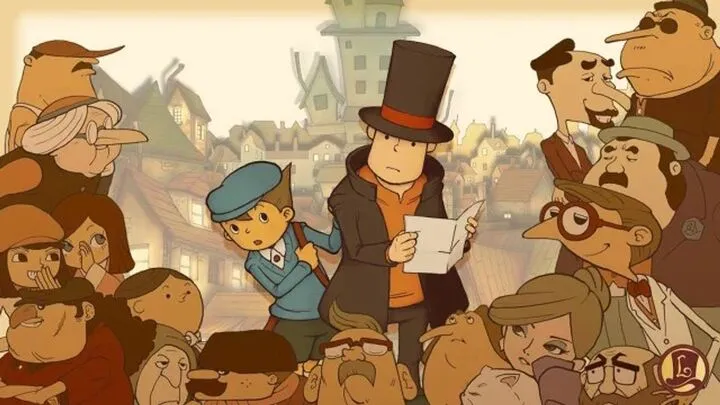Introduction
Dress to Impress is not just another Roblox game; it is a cultural phenomenon that merges creativity, fashion, and competition in a unique social setting. Unlike games where survival, combat, or strategy dominate, Dress to Impress immerses players in the world of digital fashion, where every round is a runway and every choice reflects both personal style and tactical awareness. The deeper issue, however, is not simply putting on outfits. It’s about how the psychology of fashion competition impacts decision-making, creativity, and even self-expression. This article explores the journey of players tackling that issue, following their growth across stages of learning, experimentation, frustration, and mastery.
The First Steps into Fashion Competitions
When players first enter Dress to Impress, the immediate challenge is understanding how the game works. A fashion theme is presented, and contestants must quickly build an outfit that matches.
At this stage, new players often experience a mix of excitement and anxiety. With limited clothing options and little familiarity with the mechanics, they throw together random outfits. Their results rarely match the theme, and their low scores leave them frustrated. But these early stumbles lay the groundwork for learning the game’s competitive nature.
Understanding Themes and Their Hidden Demands

Each round in Dress to Impress revolves around a theme, which can be broad (“Summer Vibes”) or highly specific (“Gothic Fantasy”).
Common Struggles
- Overthinking the theme and running out of time.
- Misinterpreting the prompt and creating irrelevant outfits.
- Leaning too heavily on default clothing instead of mixing styles.
The lesson here is that themes are not just about surface-level dressing. They demand interpretation, storytelling, and creative risk-taking.
The Pressure of Time Management
Time is the invisible opponent in every round. With only a few minutes to select, coordinate, and finalize an outfit, players must prioritize efficiency.
At first, this creates frustration. Many panic, grabbing mismatched items in a rush. Over time, however, players learn strategies: building “go-to” outfit bases, memorizing item locations, and practicing quick decision-making. Mastering time management transforms stress into a skillful performance under pressure.
Social Judgment and the Voting System
The most unique and often frustrating aspect of Dress to Impress is the voting phase. After all players present their outfits, the community votes on who best embodied the theme.
This introduces subjectivity and social psychology into gameplay. Sometimes well-crafted outfits lose to simple or humorous ones. Other times, popularity among friends influences results. For players, this creates tension: should they dress to win votes or stay true to their style? The voting system forces a constant negotiation between self-expression and tactical conformity.
Experimenting with Styles and Building Identity
As players progress, they begin experimenting with styles beyond their comfort zone. Gothic, futuristic, vintage, and streetwear fashion all become tools of exploration.
This experimentation often leads to breakthroughs. Players discover unexpected item combinations that score high. They also begin to develop a recognizable style identity. The joy of self-expression gradually outweighs the sting of losing votes, signaling a psychological shift from external validation to internal satisfaction.
The Role of Collaboration and Rivalries
Although Dress to Impress is a competition, it is also a social game. Players chat, compliment each other’s outfits, and even share styling tips.
However, rivalries also emerge. Losing repeatedly to the same players can create tension, but it also motivates improvement. Collaborative friendships help players expand their fashion vocabulary, while rivalries push them to refine their tactical and creative skills. This social interplay adds emotional weight to every round.
The Emotional Rollercoaster of Losing and Winning

No game about fashion competition can escape the highs and lows of success and failure.
Emotional Phases
- Frustration: Losing despite believing your outfit was superior.
- Validation: Winning after taking a creative risk.
- Resilience: Returning after multiple defeats with renewed strategy.
These cycles mirror real-world fashion competitions, where subjective judgment often determines winners. For players, learning to embrace this emotional rollercoaster is part of the game’s deeper challenge.
Customization Unlocks and Progression
Progression in Dress to Impress comes through unlocking new clothing, accessories, and customization tools.
This creates both excitement and pressure. New items open creative doors, but they also raise expectations. Players who fail to incorporate these tools effectively may feel behind their peers. The balance between mastering new options and sticking to proven styles becomes a crucial tactical decision.
From Creativity to Tactical Play
By the mid-to-late stages of playing Dress to Impress, players realize that creativity alone is not enough. Tactical play matters.
Tactical Elements
- Predicting what styles will appeal to voters.
- Using bold color contrasts to stand out.
- Balancing originality with readability of the theme.
At this point, the game transforms from casual fun into a mental sport. The best players are not only creative but also strategic thinkers who adapt to social patterns.
Mastery: Owning the Runway
For long-time players, mastery comes when they fully integrate creativity, time management, and tactical awareness. They develop signature looks that are instantly recognizable. More importantly, they learn to detach their self-worth from the outcome of votes.
Winning becomes satisfying, but losing no longer stings. Instead, the joy comes from expressing individuality, surprising others with bold outfits, and refining their craft. At this stage, Dress to Impress transcends being “just a game” and becomes a personal journey of artistic growth.
Conclusion
Dress to Impress is more than digital fashion; it is a mirror reflecting how people deal with creativity, competition, and judgment. The game challenges players to balance individuality with tactical awareness, pushing them through cycles of frustration, experimentation, and mastery. In doing so, it highlights a deeper truth: the real victory lies not in the votes earned but in the confidence players build as they grow both creatively and socially.

















